This Post May Contain Affiliate Links. Please Read Our Disclosure Policy.
If you’ve been mulling over how to become vegan this complete guide to veganism will be a life-safer and make your transition to a plant-based diet so much less daunting.
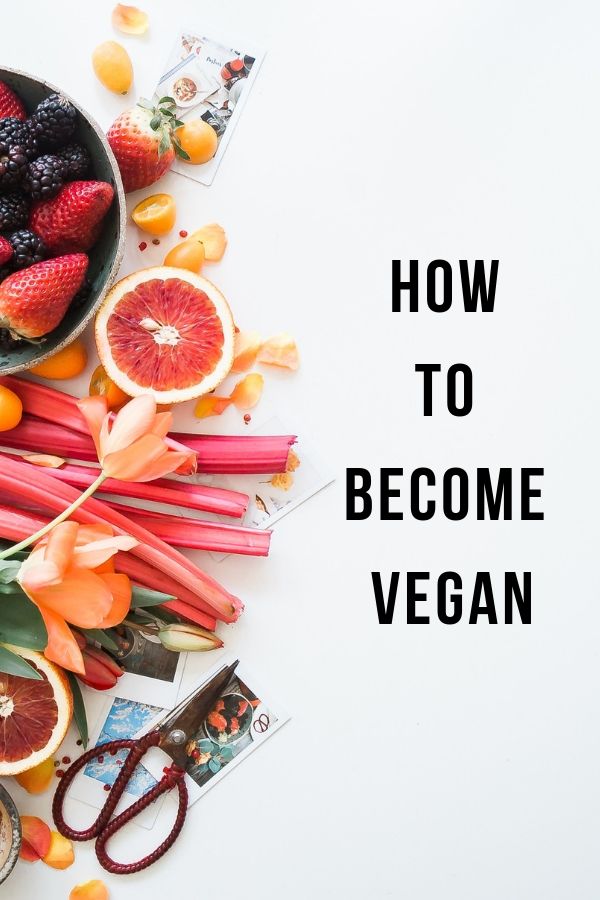
Need a second go at your 2019 New Year’s Resolution? Don’t we all, one way or the other? Anyway, halfway through the year is a great time to take a moment to reassess the trajectory of your diet and lifestyle!
So, you’ve decided you’d like to become vegan?
If you haven’t been living under a rock for the last years, you’ll have noticed that veg culture is becoming more and more mainstream.
While this could possibly be just a passing trend caused by the rising popularity of plant-based bloggers and gone-viral documentaries, there are so many health benefits to swapping animal meat for whole foods.
So far, so good! But where do I start, you say?
The first question you need to ask yourself is whether you want to jump headfirst into it or whether you want to slowly transition to a plant-based diet. If your answer is “slow”, these followings paragraphs are for you. Are you a cold-turkey kinda person? Skip down to ” all or nothing”.
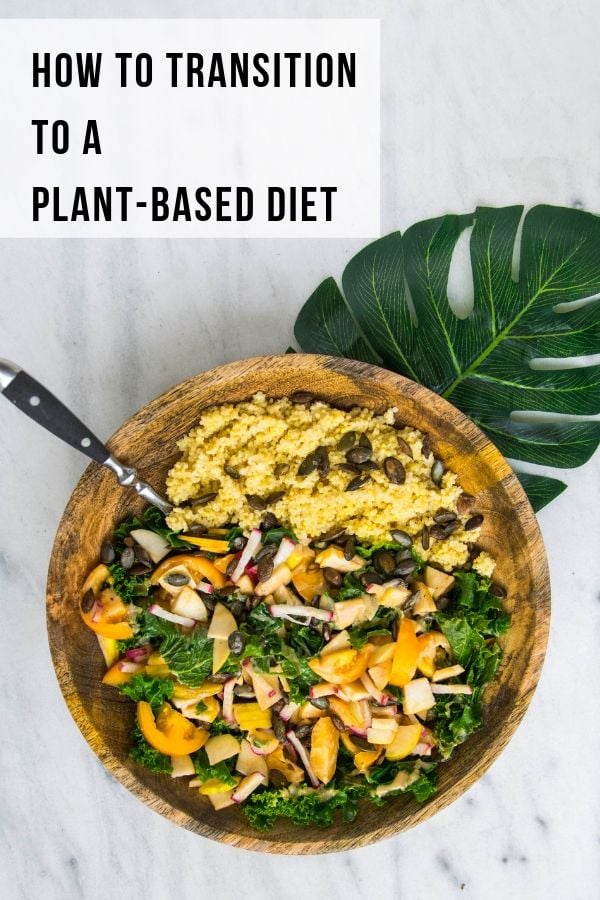
How to gradually transition to a plant-based diet:
Now, some of you might think going vegetarian first might be a good idea. And yes, it can be.
I want to go vegetarian, then vegan
Here’s your transition compass:
- Remove all meat from your diet and let’s also take out fish. Now, we don’t want to fill that void with eggs and dairy but instead, focus on including more plant-based protein sources.
- Read your ingredient lists, avoid products containing gelatin, rennet (used for making cheese), and other animal products.
- Let’s add in more whole grains, beans, legumes, tofu, nuts, and seeds into your diet.
- Once you feel you’ve found a good groove, start phasing out dairy, eggs, and honey. All at once, or as slowly as you need to.
I want to go from omnivore to vegan
Here’s your compass:
- Remove animal products that you won’t miss in your diet.
- Change the proportion of meat vs. plant-based meals. I find breakfast is an easy starting point. Think oatmeal, chia pudding, granola – the options are endless. Then pick lunch or dinner and make those vegan too. The best recipes to start with are those you already know and have always enjoyed – like that chickpea curry or some baked potatoes.
- Up the amount of whole grains, beans, legumes, tofu, nuts, and seeds to your diet. At the same time, start cutting down on the animal products that you’ll miss the least.
- Start paying close attention to ingredient lists. Meaning check all processed and packaged foods. To make things easier, you can always choose to overlook less obvious products until you’ve removed all obvious animal products (meat, seafood, dairy products, eggs, etc.) from your diet.
- Remove barrier foods (find out more below) at the very end of your transition.
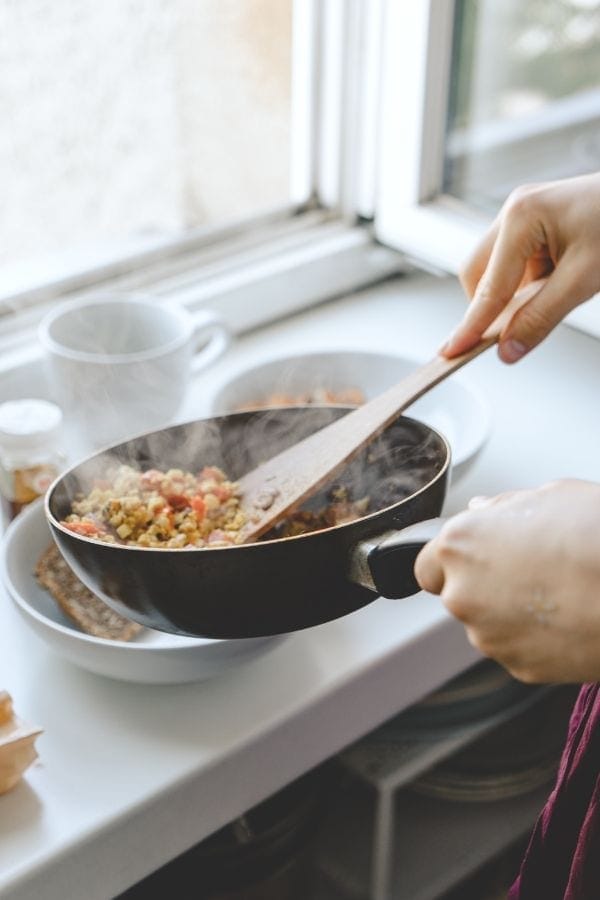
All or nothing – I want to transition overnight:
This makes sense for people, who have already extensively educated themselves about their future diets and feel confident they know what optimal vegan nutrition should look like.
- Cut out all animal-derived ingredients and incorporate lots of whole grains, beans, legumes, tofu, nuts, and seeds.
- Many people who go cold turkey find is easiest to rely on convenience products such as vegan burgers, hot dogs, deli slices, etc for the first days to cut down on the time spent cooking times
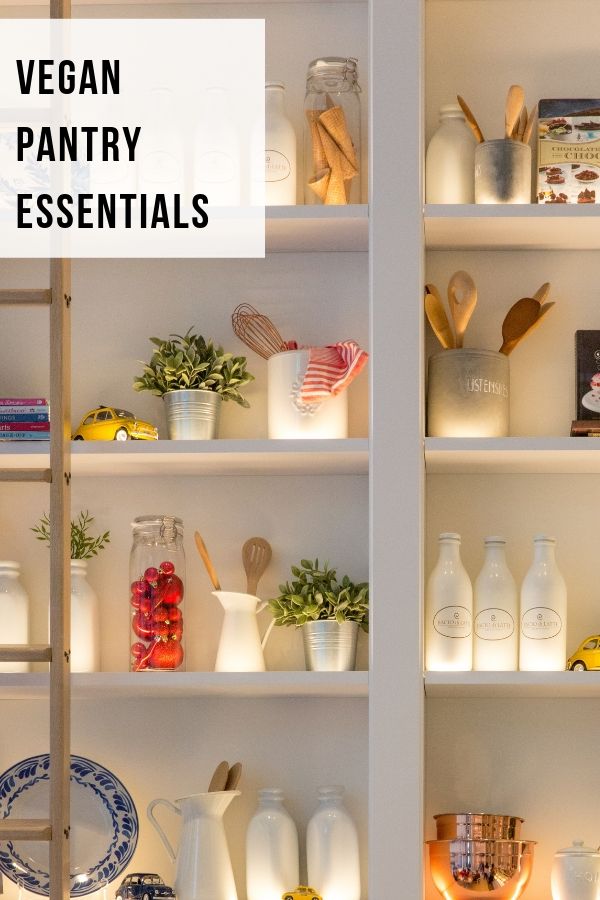
Stock your pantry with these essentials:
Legumes
- lentils (green, red, black)
- peas
- black beans
- black-eyed peas
- chickpeas (aka. garbanzo beans)
- kidney beans
- pinto beans
- white beans (cannellini, navy, great northern)
- refried black beans (best homemade – use this recipe)
Grains & Pasta
- rice (wild rice, black rice, brown rice, jasmin etc.)
- barley
- amaranth
- bulgur
- farro
- millet
- quinoa
- oats
- whole wheat pasta
- rice noodles
- soba noodles
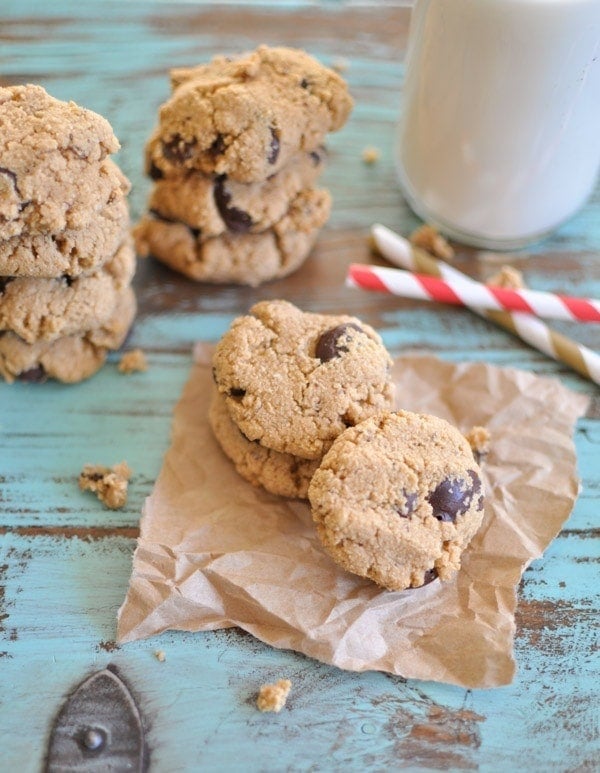
Baking essentials
- all-purpose flour
- almond flour
- coconut flour
- spelt flour
- buckwheat flour
- quinoa flour (make your own using this recipe)
- oat flour ( make your own using this recipe)
- chickpea flour
- cornmeal and polenta
- applesauce
- baking soda and baking powder (aluminum-free)
Nuts, Seeds & Dried Fruit
- almonds
- cashews
- chia seeds
- flax seed
- hemp hearts
- pecans
- pumpkin seeds
- pistachios
- sesame seeds (white, black & toasted)
- sunflower seeds (raw or toasted)
- walnuts
- cranberries and raisins
- dates (awesome for making vegan desserts!)
- dried apricots
- dried mango
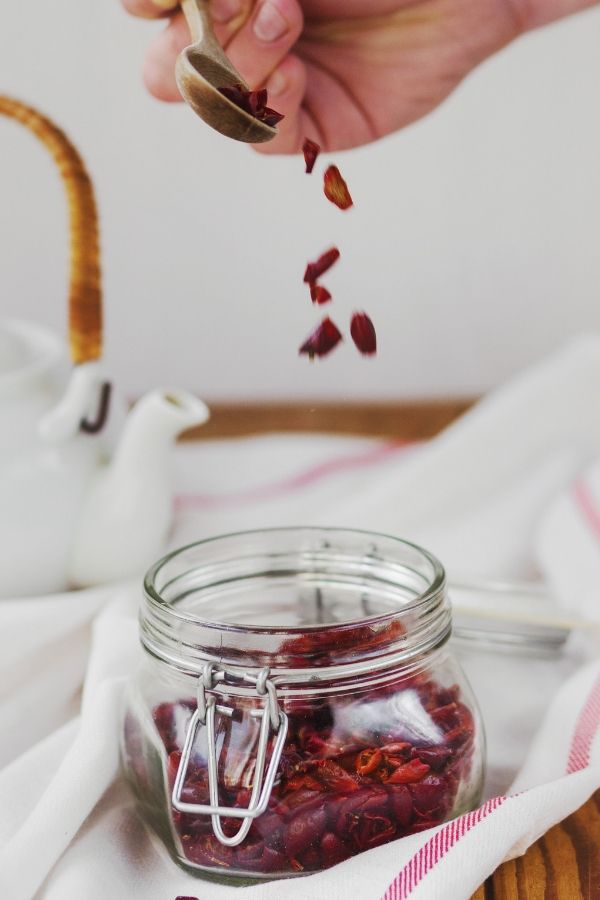
Condiments
- nut butter (tahini, almond butter, peanut butter, sun butter, cashew butter)
- vegan butter
- ketchup (make your own with this recipe )
- mustard
- fruit jams & jellies
- tamari, soy sauce or coconut aminos
- sriracha (make your own with this recipe)
- chili paste and hot sauces
- miso paste and curry paste
- mirin
- nutritional yeast
Herbs & Spices
- basil
- rosemary
- oregano
- cilantro
- parsley
- curry powder
- chili powder
- ground cumin
- Ceylon cinnamon
- coriander seeds
- cardamom pods
Fridge essentials
- nut milk (unsweetened is best)
- non-dairy yogurts like coconut yogurt
- tofu, tempeh and seitan
- fruit and veggies
- vegetable stock
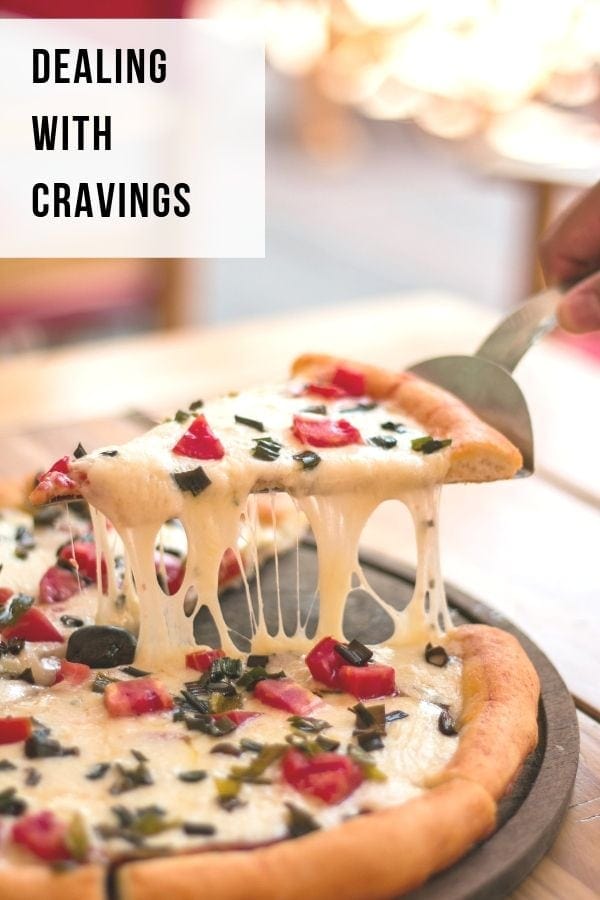
Get to know your Barrier Foods
Let’s get this out of the way: cravings are completely normal! Chances are that you chose to break up with animal products for ethical reasons, not because all things steak, ice cream, and cheese taste awful to you.
There is a reason why vegan parmesan recipes and cashew cream cheese go viral on the Internet. We all miss those things but let’s not allow that fear of missing a particular food put us off trying veganism altogether.
Let’s look those cravings in the eye and find out what it is that we are really missing. Is it cheese, is it yogurt? Ok, now find vegan alternatives
- A hearty soup can be made by using vegan chicken stock powder.
- Meats can easily be replaced with tofu or tempeh.
- There are now many brands of vegan cheese that are delicious, melty, and some of them even come in flavors:
- Cheesy sauces can be made from nut milk and nutritional yeast.
- Milk Chocolate can be swapped out for coconut milk-based vegan chocolates.
It will not be unchallenging in the beginning, but it will only get easier. Trust me, your taste buds will change, and soon those food cravings will disappear.
Last but not least, be kind to yourself
Whether you’re vegan, vegetarian, pescatarian or simply want to cut down your consumption of animal products, you’re taking a step in the right direction. Don’t be too hard on yourself, especially in the beginning.
Take your time, expect some mistakes, learn from them, and move on! Don’t beat yourself up, tomorrow is always a new day.
For more information on veganism, make sure to check out my blog posts on Vegan Protein Sources and read my 10 Tips on Going Vegan.
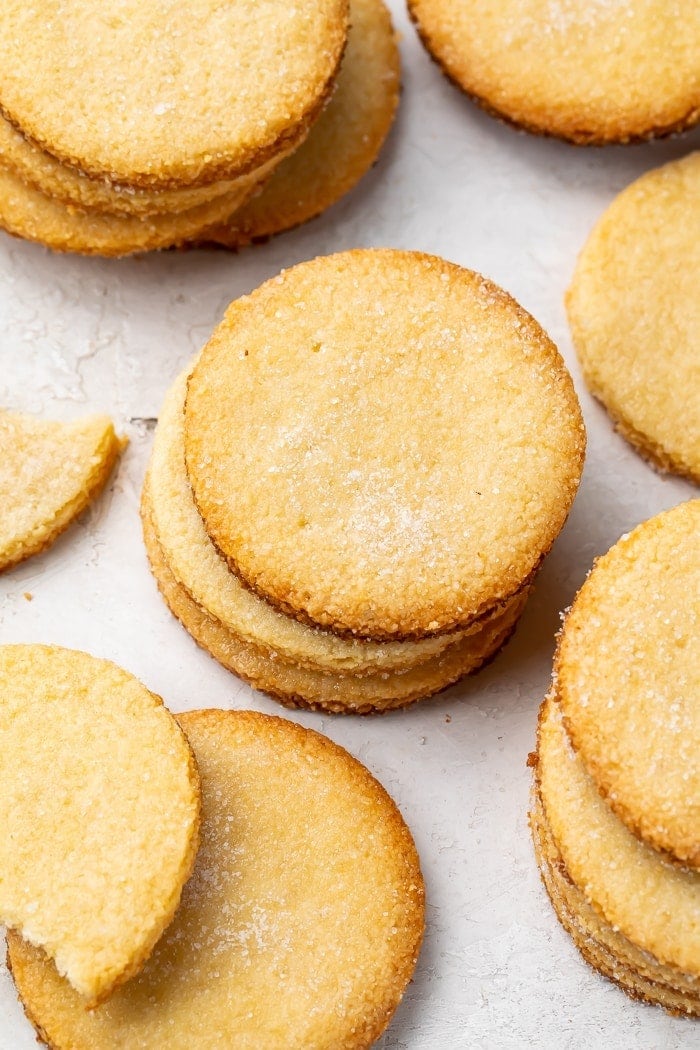
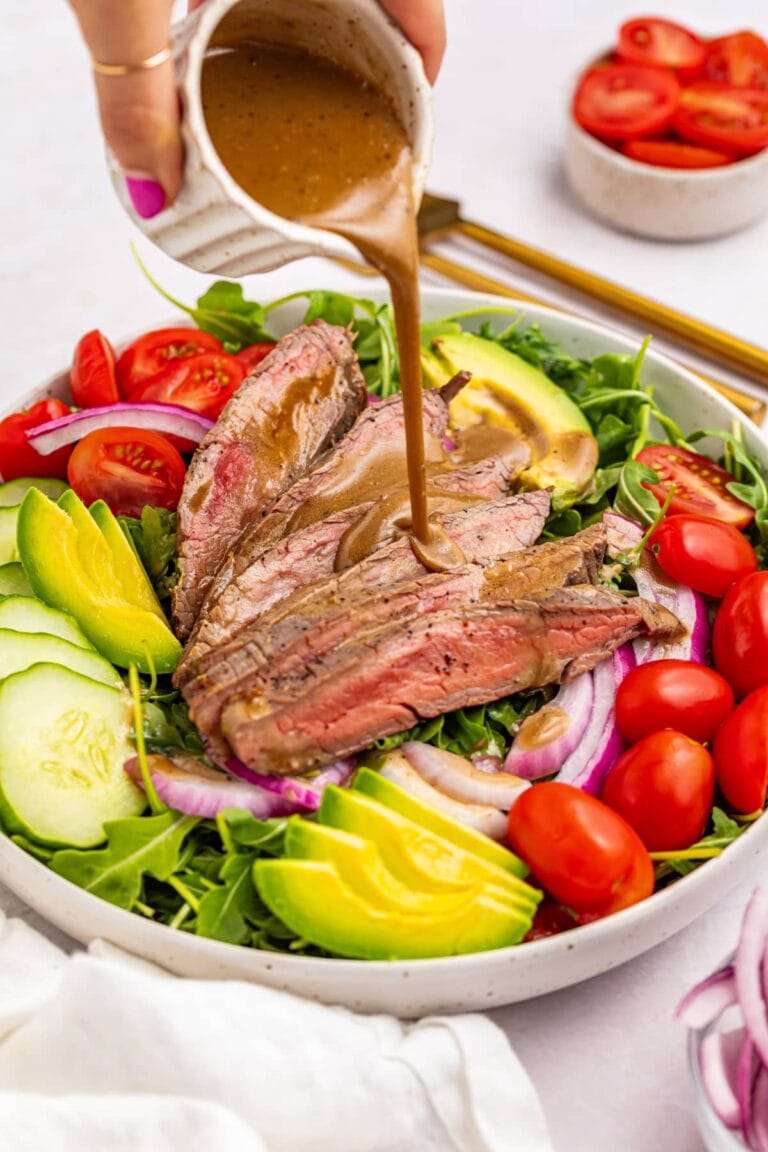
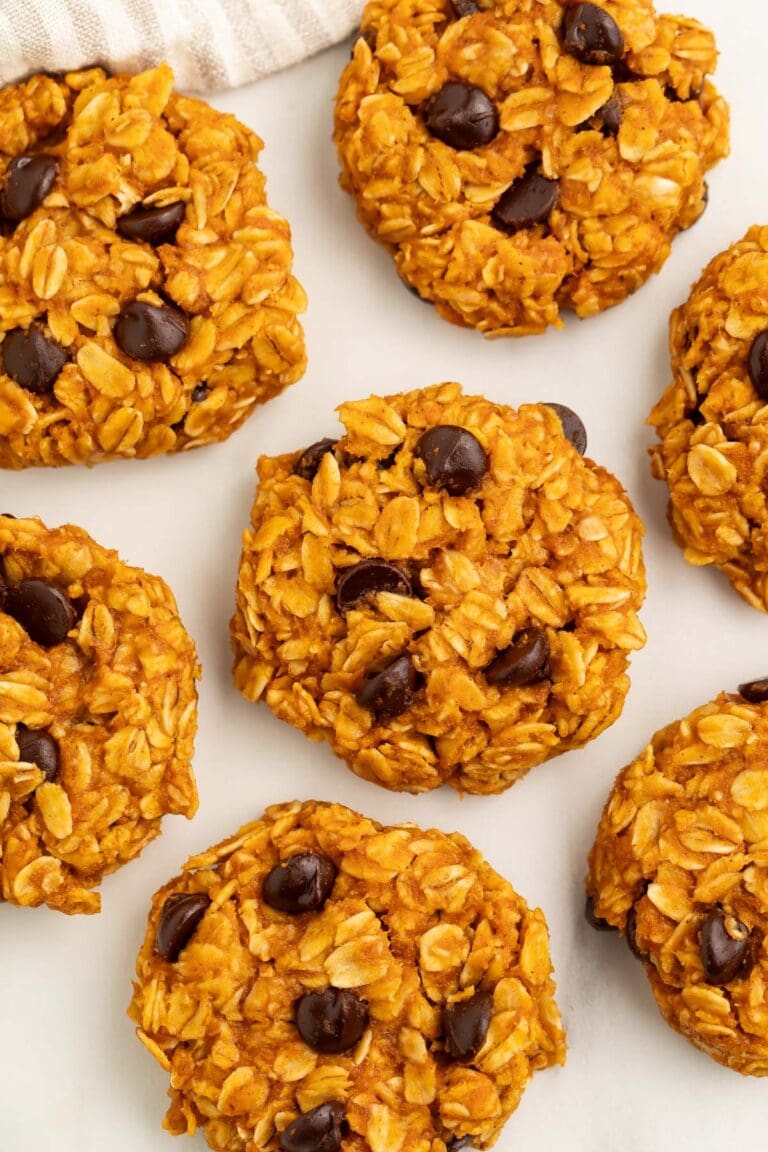
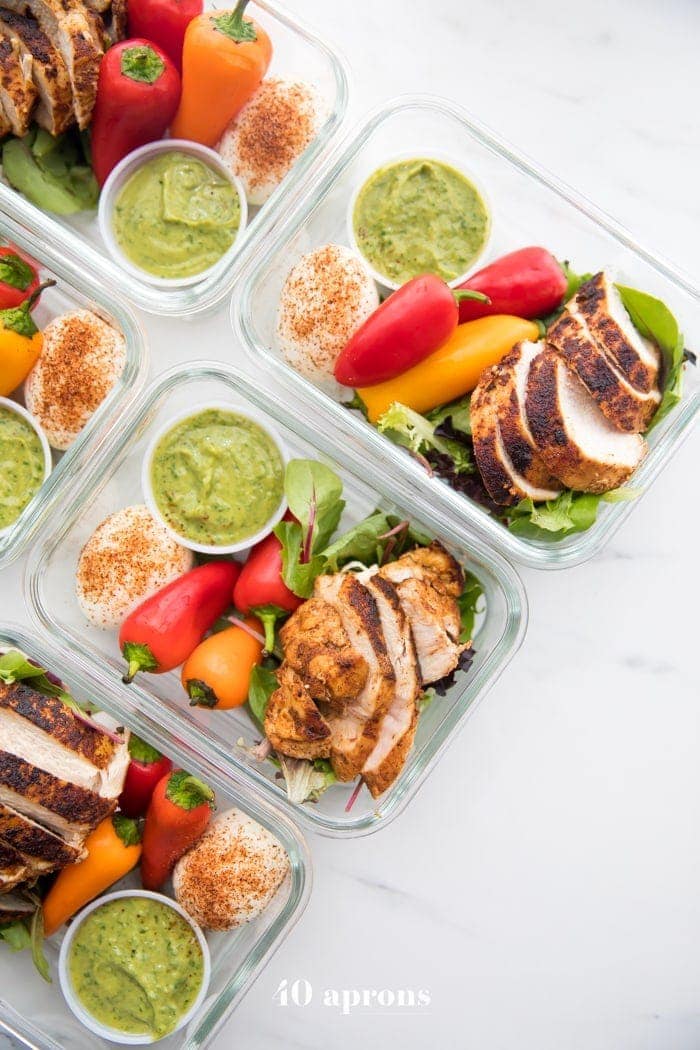
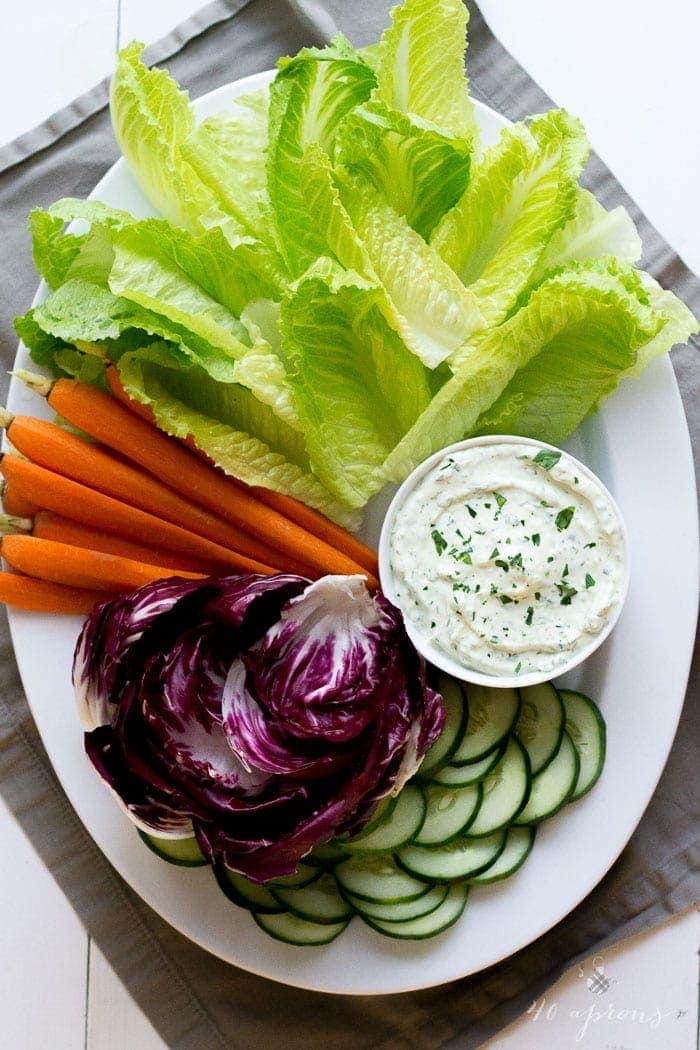
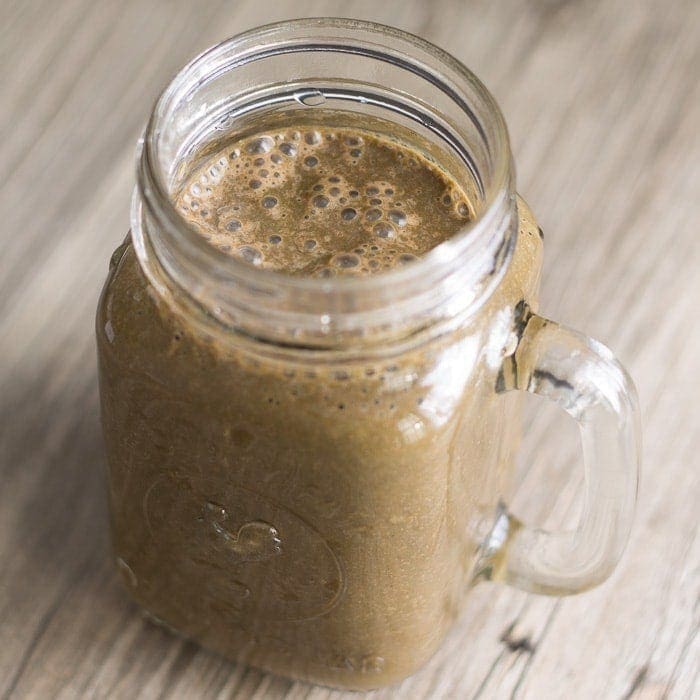










Never Miss A Meal!
New Recipes Straight To Your Inbox
A curated selection of our most recent recipes, delivered straight to your inbox once a week.
Thank you!
You have successfully joined our subscriber list.